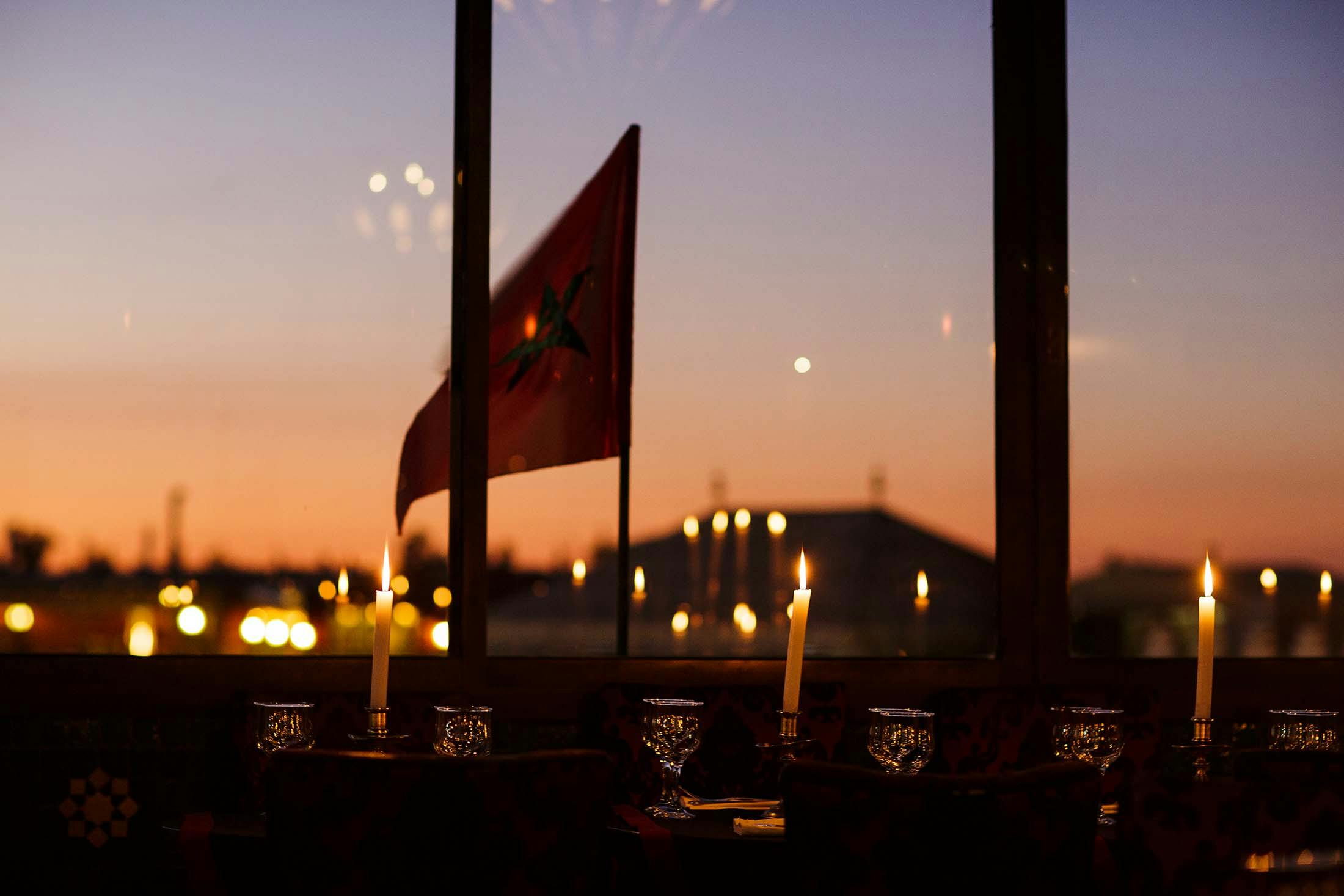6 Culinary Travel Experiences to Inspire and Elevate Your Post-Vacation Cooking
After sailing to every continent, we’ve learned that any destination’s gastronomy is a window into its culture, history and traditions. Whether you enjoy cooking vacations filled with demonstrations and hands-on cooking classes or the simple delight of tasting a new ingredient at a local farmer’s market, the chance to sample local delicacies in exotic lands may be reason enough to pack your bags. Allow us to whet your appetite with these six culinary travel adventures.
1. The fragrant cuisine of Morocco

The first of our three culinary adventures takes us to Morocco, famous for its sweet-and-savory food combinations as well as its lavish use of fragrant spices and herbs. Figs, olives, preserved lemons and apricots star in many of the country’s dishes. These alluring ingredients can be found on display at vibrant stalls inside food markets, next to red, brown, yellow and black spices piled high in cone-shaped mounds.
After interacting with the locals and learning about local ingredients and regional culinary customs, travelers will want to sample Morocco’s famous tagines. These rich stews are named after the round earthenware vessel (with a conical-shaped lid) in which they are slow-cooked and served. Aromatic spices like cinnamon, cumin, ginger, saffron, turmeric and coriander meld with dried fruits like dates or prunes and succulent chicken or lamb to create a truly unforgettable culinary experience. Meat and vegetable tagines are typically served with couscous, an ancient grain made from semolina wheat.
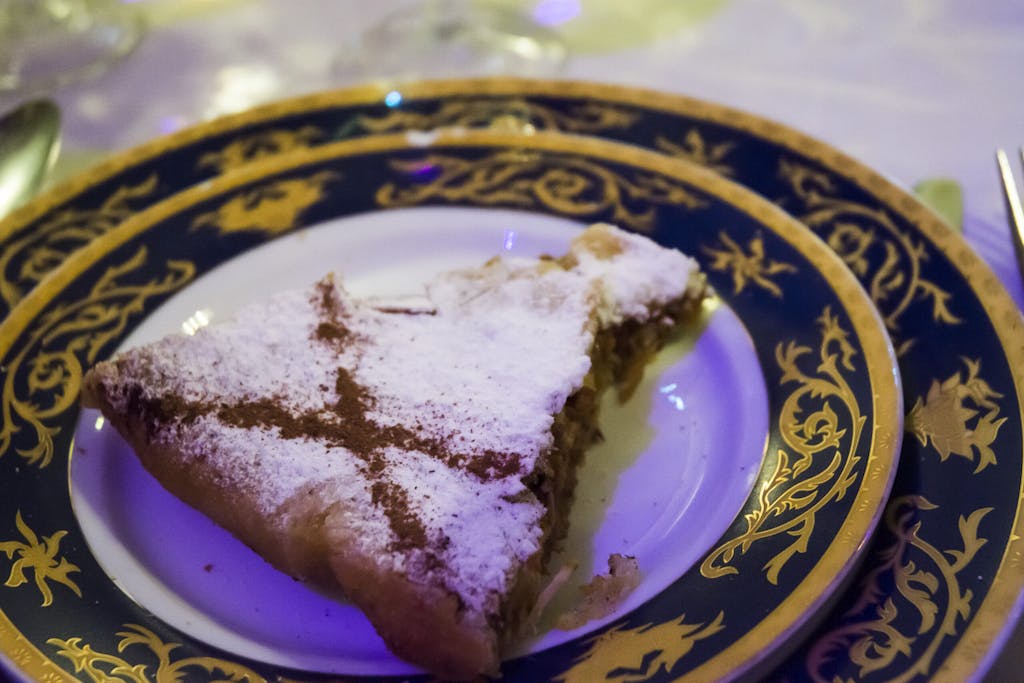
There’s also pastilla — a flaky pastry, composed of many layers of phyllo dough and bursting with flavorful chicken or pigeon meat, sprinkled with a mixture of cinnamon, sugar and almonds.
Perhaps Morocco’s most iconic gastronomic experience is not a dish, but rather the mint tea that you can sip from an intricately-decorated glass. Brewed with springs of fresh mint leaves and lots of sugar, the tea is poured at an impressive height from a silver teapot and is consumed with each meal.
2. The culinary excellence of Italy’s Liguria
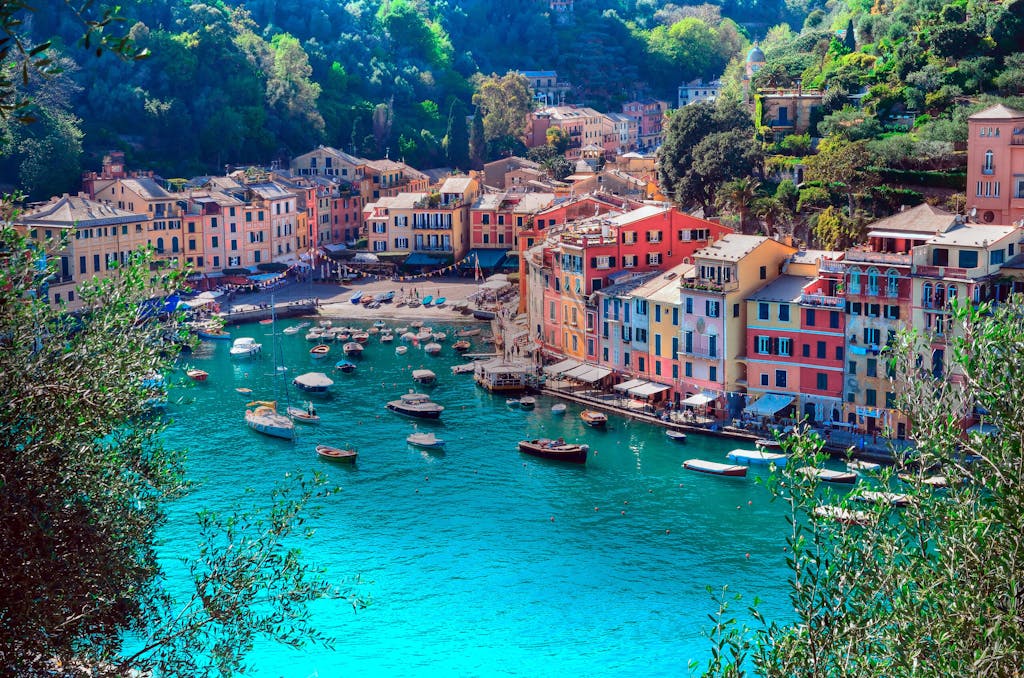
The Italian Riviera, northwest Italy’s Liguria region is famous for Portofino, where candy-colored houses overlook a crescent-shaped harbor, for the Cinque Terre, five picturesque villages teetering on cliffs and for San Remo, a resort town of Belle Époque hotels near the French border.
And then there is its food.
Pesto alla genovese, a sauce of basil leaves, pine nuts, garlic, Parmigiano Reggiano, Pecorino and olive oil, traditionally pounded with a mortar and pestle, is a Liguria’s best-known and perhaps most beloved dish. Pansoti, pockets of pasta filled with six or so wild herbs and a curdled ricotta-like local cheese, is served with salsa di noci, a walnut, cream and garlic sauce, , Liguria’s second major sauce.
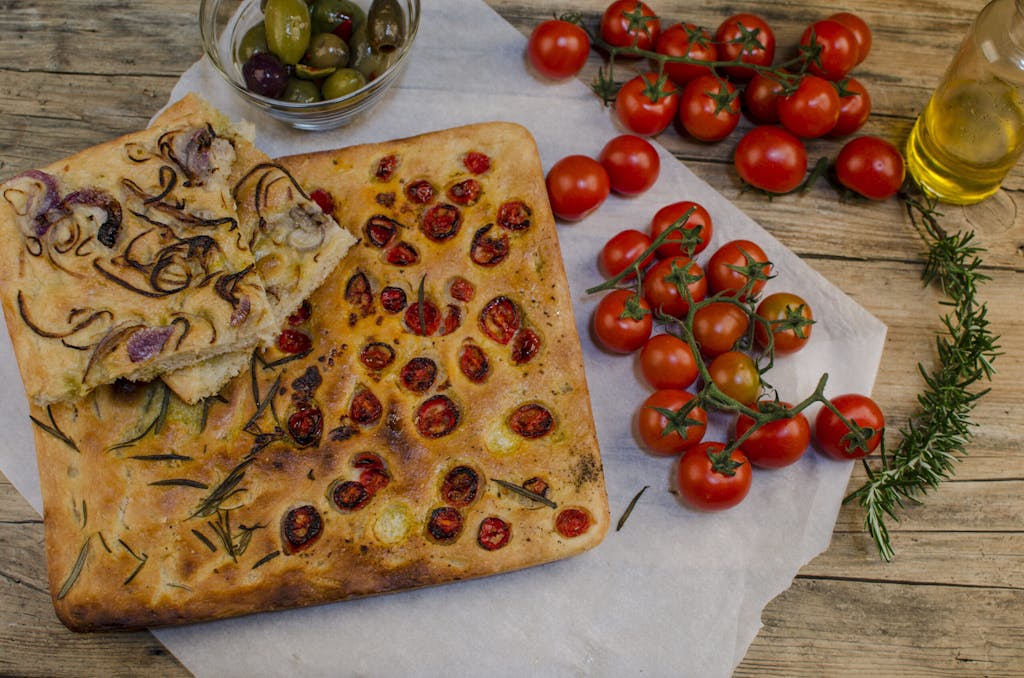
You must try focaccia, a thick bread baked with olive oil, served plain or topped with melted cheese (di Recco); farinata, pancakes made of chickpea flour and olive oil; and rabbit with white wine, black olives, pine nuts, capers and herbs.
A signature dish of west Liguria: brandacujun , salt cod with potatoes, parsley, garlic and olive oil, beaten to a smooth mix. In San Remo, Ristorante da Chicco e Rosa is a great eatery for sampling it, says Cristiano Bonino of Food.Stories.Travel, a food tour operator in 18 Italian regions whose website offers dozens of local recipes.
For pesto atop linguine served with potatoes green beans in Cervo, a medieval town near San Remo, he suggests Ristorante Locanda Bellavista. For torta verde, a savory pie of spinach and chard with Parmigiano Reggiano, eggs and rice, cut into squares, he recommends Agriturismo Cà Sottane in Borgomaro, also nearby. Torta pasqualina, a Ligurian savory pie, containing artichoke or chard with ricotta, eggs and herbs was originally baked in 33 layers of dough to signify Jesus’ lifetime, Bonino notes. Today, it’s often made with just two sheets of dough.
3. The festive pintxos of Basque Country
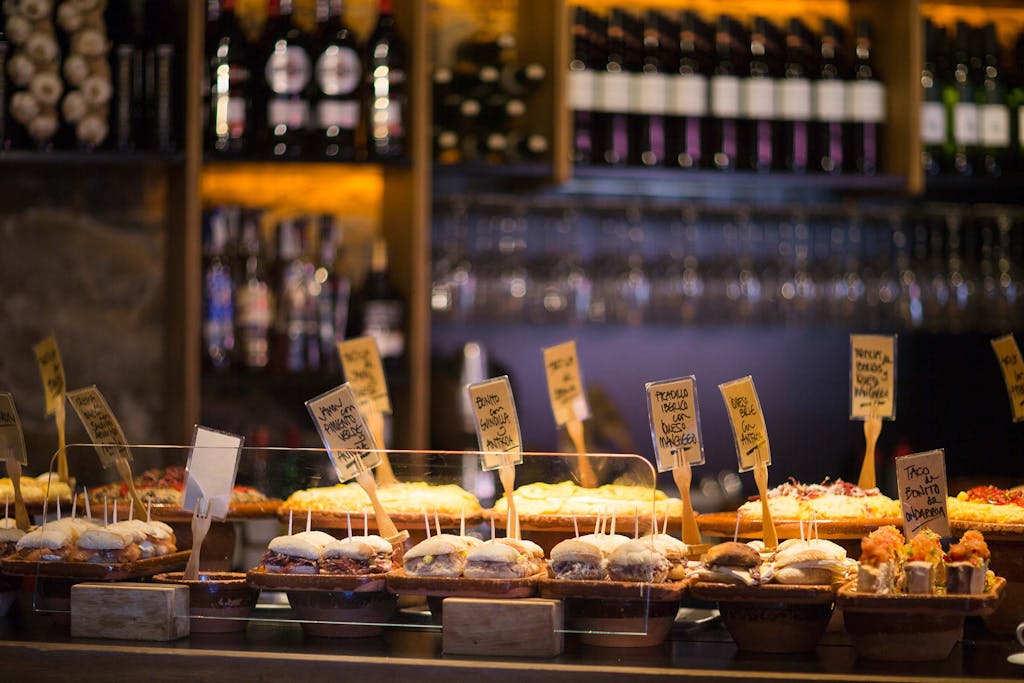
Some would argue that Spain is one of the best culinary tourism destinations in the world. In the Basque Country of northwest Spain, there’s nothing quite like bar-hopping with the locals to sample bite-sized morsels of seafood, meat, vegetables and eggs, heaped on pieces of bread or on skewers. This activity is so integral to the culture that there’s even a special word for it: txikitear, which roughly translates to grazing with a group of friends and family from bar to bar on pintxos, or Basque tapas.
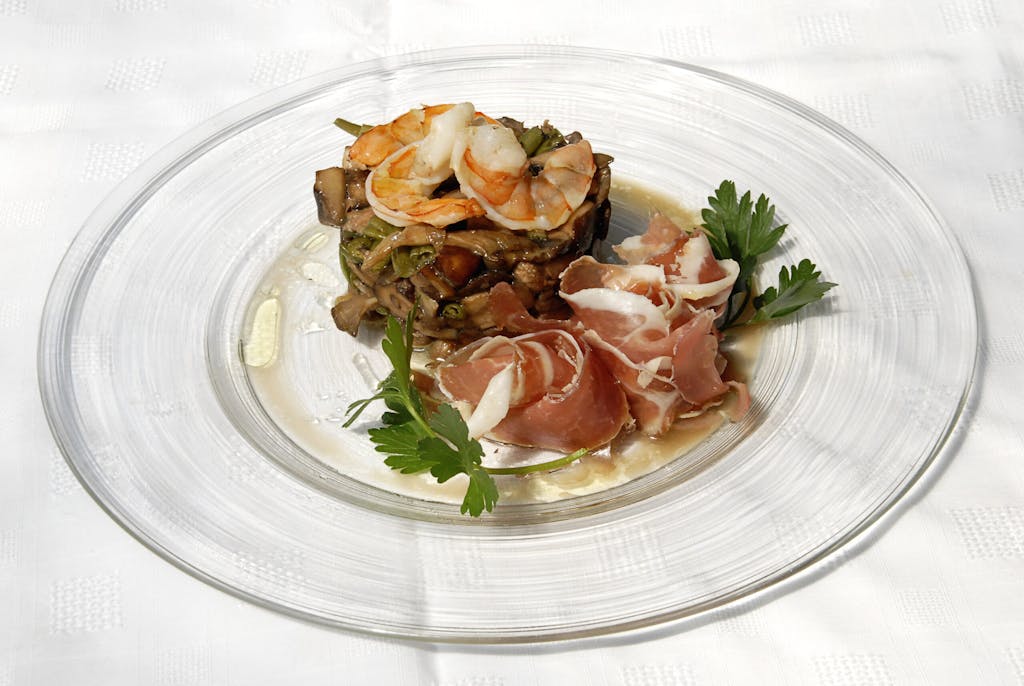
Traditional pintxos include salty Iberico ham served with poached shrimp and baby squid or pork, or hearty portions of cod in a pil-pil sauce with garlic and olive oil. Modern and globally accented tapas enrich the offering: Think apple crisps with duck and peanut sauce or a stack of steak tartare with capers, onions, egg yolk and olive oil. One iconic pintxo is even inspired by a Hollywood movie star: The Gilda, with green olives, anchovies and pickled green chili peppers, is named after the hot-blooded character Rita Hayworth played in “Gilda.”
Bilbao’s seven neighborhoods for pintxo crawls range from Plaza Nueva, an arcade-lined square with about two dozen pintxo bars in the Old Town, to Ribera Food Market, a huge indoor food market with upstairs pintxo bars. Two Plaza Nueva gems are Gure Toki, whose specialties include grilled foie gras with apple and sherry and a soup of Idiazabal sheep’s milk cheese with mushrooms and a quail egg, and Café Bar Bilbao, a century-old spot known for a dreamy veal crepe with anchovies and mushrooms.
4. World-class food in Croatia

Anthony Bourdain acknowledged he didn’t know what to expect from Croatian food on his trip to its Dalmatian coast in “No Reservations,” Season 8. Afterward he said of Croatia, “This is world-class wine, world-class food and world-class cheese.”
He was spot on. The food of coastal Croatia, a Mediterranean diet on UNESCO’s Intangible Cultural Treasures list, will gladden the heart of any Italophile. Expect risotto, fresh seafood, gnocchi, polenta, prosciutto and dishes bathed in olive oil, and meals al fresco while you’re admiring the turquoise Adriatic, and red-orange roofs and islands blanketed with olive groves, vineyards, pine trees and lavender fields. It’s no surprise: The Republic of Venice ruled much of Dalmatia for almost 400 years.
Brudet, a seafood stew of mixed fish and shellfish, white wine, chopped tomatoes, garlic, basil and parsley, is served with polenta or gnocchi. Buzara is mussels or shrimp stewed in a tomato, herb, white wine, onion and breadcrumb sauce.
Off Split’s coast, Hvar, the sunniest and most glamorous Dalmatian island, sample the classic gregada, a small white fish boiled with thin-sliced potatoes, parsley, garlic and pepper. On Vis island near Split, viska pogaca , a focaccia-like bread pie filled with chopped anchovies or sardines, stewed onions, black olives, olive oil, rosemary and sometimes tomatoes, is a 1,000-year-old specialty.
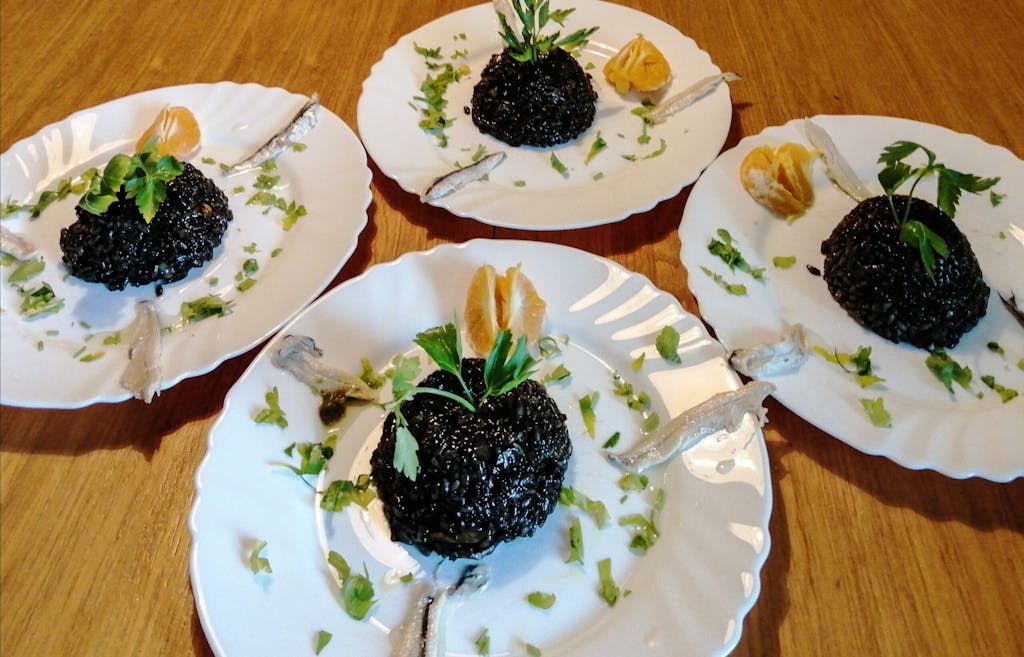
Risotto, called rizoto here, is often made with fish and tomato sauce. The strong-flavored “black risotto,” or crni rizoto, features cuttlefish or squid cooked in its own dark ink, red wine, onion, garlic and parsley.
Risotto from Skradin, the gateway to Krka National Park and its cascades of 17 waterfalls, contains veal stewed with onions until the meat falls apart and a broth containing beef, chicken and vegetables, with grated sheep cheese sprinkled on top.
Pasticada is a sweet-and-sour beef stew, in which meat marinated in vinegar and spices is braised in a sauce of red wine, prunes or figs and root vegetables . Often a sweet dessert wine called prosek is added at the end to further sweeten the flavor. Peka is meat, fish or octopus with vegetables baked inside a pot with a cast-iron lid, then topped with charcoal in a fireplace.
Appetizers are generally platters of prosciutto, or prsut, air- or smoke-dried, cheese and olives. Croatia has seven prosciuttos honored with protected-denomination-of-origin status, and it’s often Pag Island cheese, a hard, sharp-flavored cheese (paski sir) rubbed with sea salt and slathered in olive oil before aging. Octopus salad features chopped octopus with olives, fresh tomatoes, onion, garlic, capers, parsley, olive oil and vinegar.
In Split, the annual Taste the Mediterranean Festival in October will star top chefs from Italy, Greece, France, Morocco and Spain plus local chefs. Cooking talks, demos and classes take place at the fish market, and many local restaurants offer special menus. On Korcula island, near Dubrovnik in southern Dalmatia, the Korcula Wine Festival in July stars island winemakers.
5. The verdant tea plantations of Sri Lanka
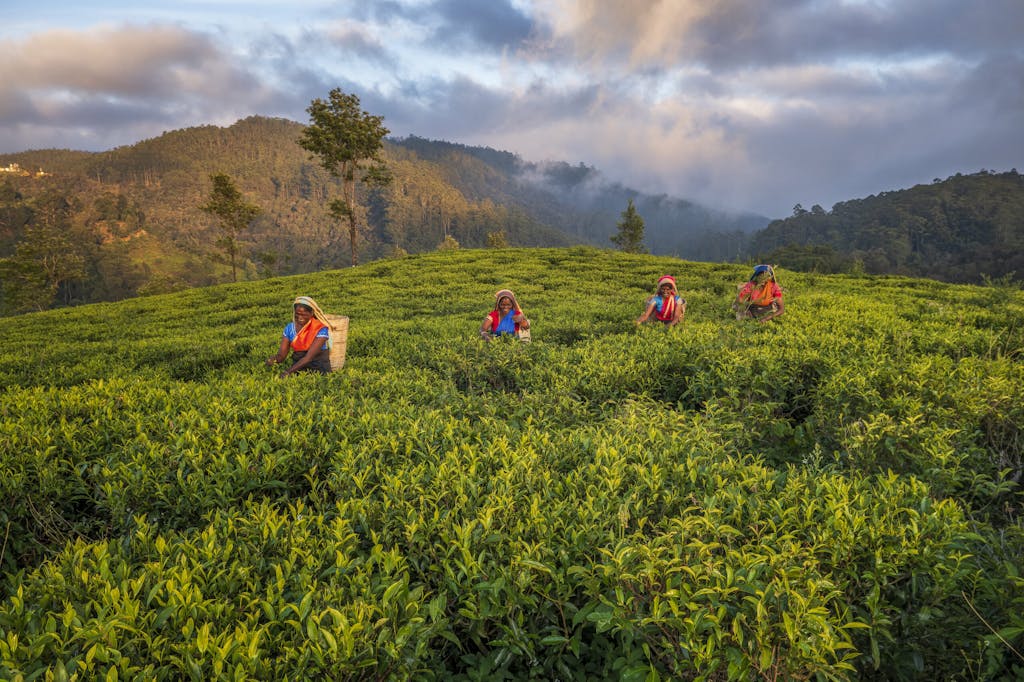
The word serendipity, coined to mean a fortunate discovery by pure accident, was named for a Persian folktale about three princes from Serendip, which Arab traders dubbed Sri Lanka. That’s exactly what travelers feel when they see the velvety green slopes, blanketed with tea bushes, where mist rolls in on this pear-shaped island off southeast India’s coast. Some of the world’s finest teas come from Sri Lanka, and tea has been the major export of the country once called Ceylon since the 1880s.
Black tea, known for its bold flavor, is the most popular crop in Sri Lanka’s 11 tea-producing regions. Green and white teas also make an appearance. Like the terroir of famous French wines, the flavor of tea varies widely based on the location — the combination of soil, climate and elevation in which it’s grown. Tea industry pioneer James Taylor, a Scot, founded the first tea plantation in 1867 in the then-British colony, and London received its first shipment of Ceylon tea in 1873.
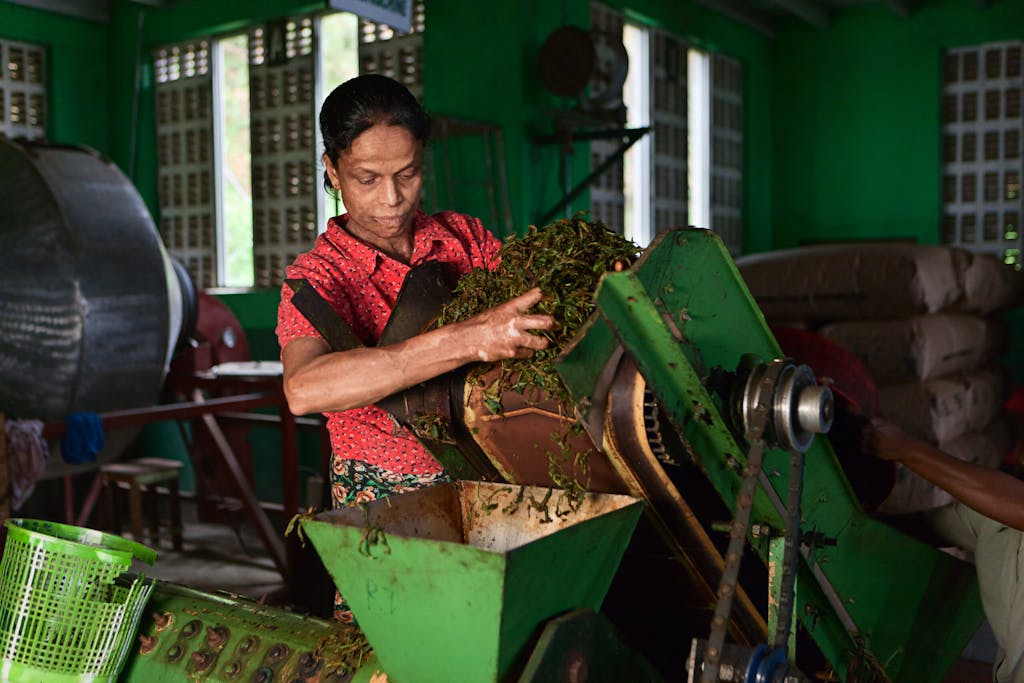
But it was visionary merchant Sir Thomas Lipton, also a Scot, who founded Lipton Tea and popularized tea in the United States, after buying his first tea estate in 1890 near Dambatenne. It was Sri Lanka’s dramatic scenery that first enchanted him, and it still attracts visitors to this day.
6. Savoring the flavors of Stockholm

New Nordic cuisine, marked by exquisite presentations of fresh local ingredients with a modernist global twist, and hearty comfort foods, called husmanskost, star in Stockholm. You’ll find many of Sweden’s 18 Michelin-star restaurants here, including Seafood Gastro, whose tasting menu features “seafood in the broadest sense… duck and other seabirds, seaweed, coastal vegetables,” says celebrity chef Mathias Dalhgren. He opened Seafood Gastro in 2023 in the Grand Hotel, which Condé Nast Traveler chose in 2023 as Northern Europe’s best hotel. (This is the luxury hotel where Nobel Prize winners stay during the awards.)
Swedish meatballs, or kottbullar, tasty morsels of minced pork and beef, allspice, nutmeg, sauteed onions and breadcrumbs, are often served in a creamy gravy with lingonberry jam and mashed or boiled potatoes, are a husmanskost (home-cooked)classic, found in gourmet restaurants and IKEA cafeterias.
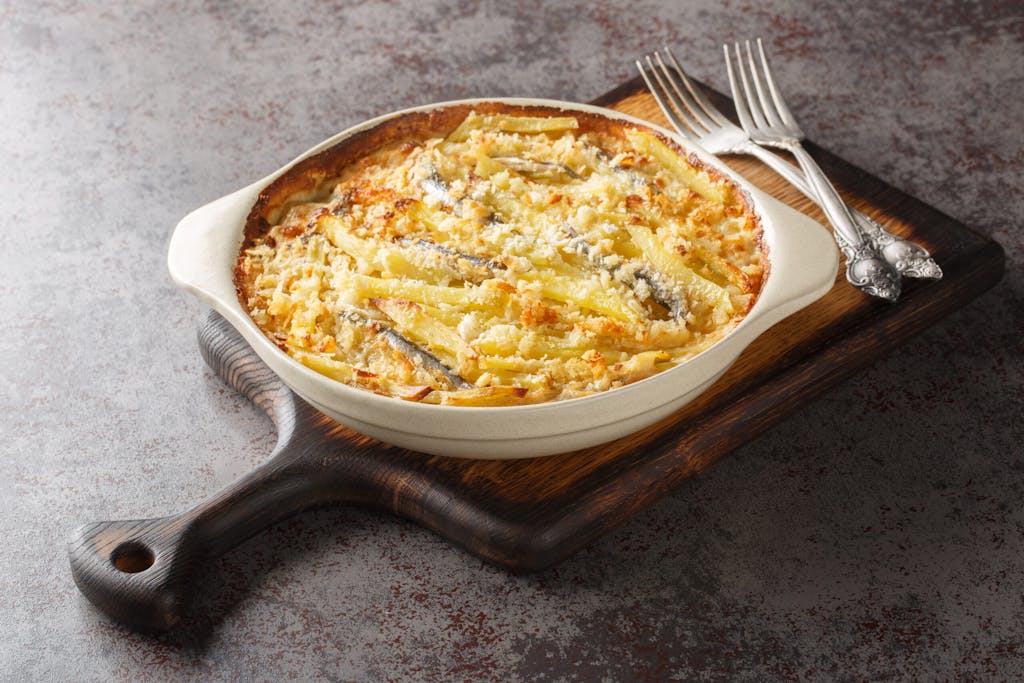
So is Jansson’s Temptation, or Janssons frestelse, a casserole of potatoes, tiny cured sardine- or anchovy-like fish called sprats, cream and onions topped with breadcrumbs. A staple of Christmas and Easter buffets that feature a parade of hot and cold dishes, from meat, fish to cheese, it’s a popular, you can find it year-round, as I did. (It’s unclear who Jansson was or what tempted him, but we’re grateful anyway.)
Lingonberries are Sweden’s favorite berry, small tart red berries served whole or in jam that adorn a host of dishes, including venison, fish, soups, pancakes and desserts. Open-faced sandwiches called smorgas (smorrebrod in Denmark) are piled high with toppings on one slice of buttered rye bread, like small shrimp, mayonnaise and dill, Sweden’s favorite herb, or salmon cured in dill (gravlax) with mustard sauce.
Pickled herring, or sill, is a highlight of any Swedish buffet, or smorgasbord, often flavored with mustard, garlic or dill, and served with boiled potatoes, sour cream, crisp flatbread and cheese such as Västerbotten, a hard yellow cow’s milk cheese with holes. Surstromming, germented Baltic Sea herring, is often eaten in a wrap filled with chopped red onions and dill. It’s is acquired taste. And smell: Famously malodorous and prone to bursting from its tins during shipping, it’s banned by many airlines and the U.S. Postal Service.)
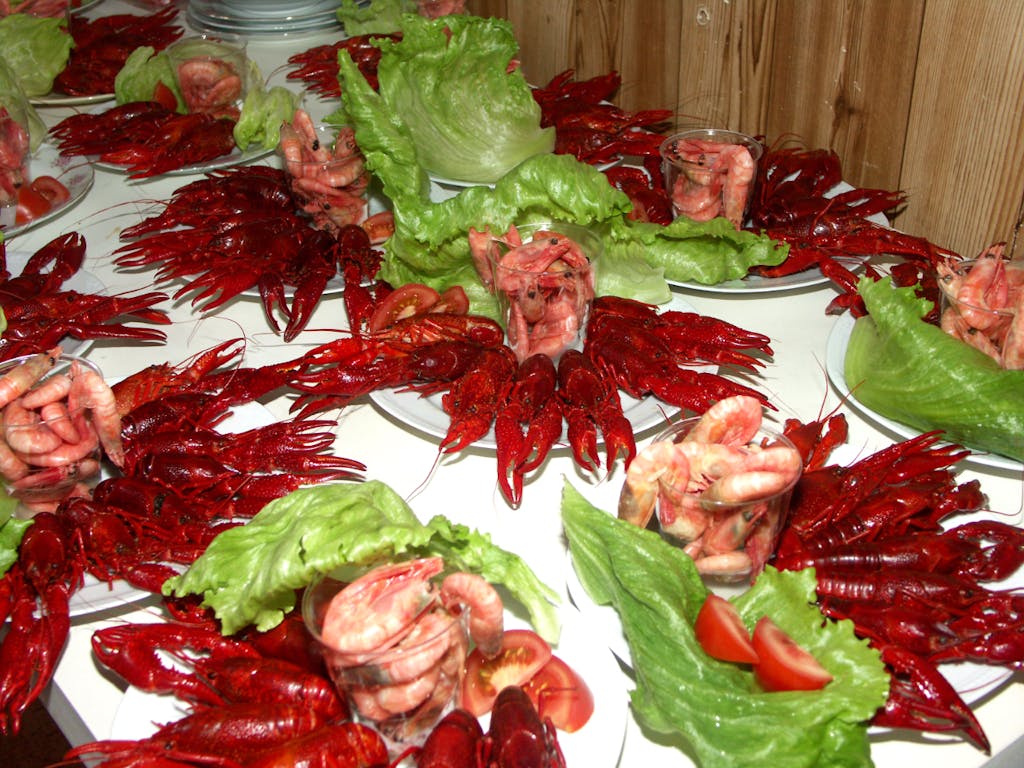
If you love to eat crawfish in south Louisiana, you’ll be thrilled to find that the tiny mudbugs that turn bright-red when cooked are so beloved in Sweden that parties, called kraftskiva, are held in their honor in August and September. The freshwater crustaceans from lakes and rivers are boiled with dill and beer here, not Cajun spices, Guests at outdoor crawfish parties wear silly pointed hats, sing special songs amid crawfish-themed décor and drink lots of beer and aquavit.
Whether you’re inspired to take a cooking vacation or to simply indulge in cooking classes that immerse you in local culinary traditions when you travel, these three destinations — Morocco, Spain and Sri Lanka — are all excellent options. But there are many other cuisines to explore, too, and Silversea guests can enjoy classes and excursions inspired by the cuisines of dozens of countries around the world.
Ready to indulge your taste buds with regionally inspired cooking classes and dining as you cruise? Silversea’s S.A.L.T. program is designed to do just that.
